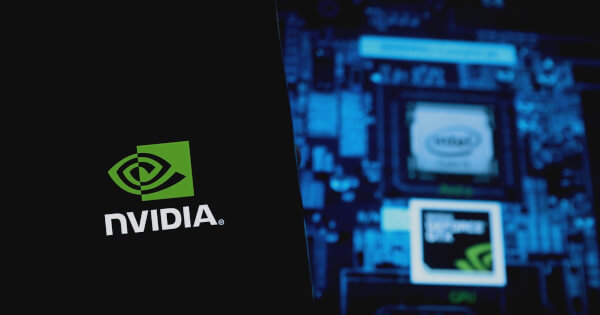Rongchai Wang
Jul 22, 2024 14:33
NVIDIA’s Instant RM offers high-performance, differentiable radio maps, significantly accelerating wireless network optimization using advanced ray tracing technologies.
Wireless networks are crucial for maintaining seamless connectivity across various environments, from single buildings to entire cities. Optimizing these networks often involves the use of radio maps, which depict received signal strength and other vital information over large areas. Traditionally, creating these maps has been a time-consuming task, limiting the effectiveness of optimization methods. However, NVIDIA’s latest research project has set a new benchmark by introducing Instant RM, a high-performance, differentiable ray tracer.
Differentiable Radio Maps in an Instant
NVIDIA Instant Radio Maps (Instant RM) can compute high-resolution radio maps at a remarkable rate of about 100 maps per second. Leveraging rendering techniques from high-end computer graphics and wireless propagation models, Instant RM utilizes NVIDIA hardware to simulate radio wave propagation in complex and large-scale environments.
For instance, a coverage map shows the path loss related to the wireless channel for a given transmitter, marked by a blue dot, across a selected domain. Figure 2 illustrates how the number of paths used to trace radio maps affects the trade-off between latency and accuracy. The images depict Paris near the Arc de Triomphe with an overlaid radio map displaying path loss using a red-yellow color gradient.
Advanced Features and Applications
Instant RM extends beyond path loss maps by also supporting:
- Computation of radio maps for the delay spread
- Direction spread of departure (DSD)
- Direction spread of arrival (DSA)
These advanced radio maps provide valuable insights into the characteristics of the wireless channel.
Instant RM requires only a few lines of code to load a scene and compute radio maps. This ease of use, combined with its high performance, makes it a powerful tool for network optimization.
Enabling Gradient-Based Optimization
One of the standout features of Instant RM is its fully differentiable ray tracer. This capability allows for the computation of gradients of functions of the radio maps concerning material properties and scene geometry. An intriguing application is the gradient-based calibration of a propagation environment from measurements, ensuring that simulation results align with real-world observations.
Differentiable ray tracing facilitates gradient-based network optimization at unprecedented speeds. For example, in one animation, the shape of a reflector is optimized to maximize the signal-to-interference ratio on the radio map.
Getting Started with Instant RM
To begin using Instant RM, follow the README instructions available on the GitHub repository. The source code and a detailed tutorial, “Hello, Instant RM!”, are accessible to the research community, showcasing the tool’s features in an interactive notebook.
For more detailed information, refer to the NVIDIA Technical Blog.
Image source: Shutterstock
Credit: Source link





















 Bitcoin
Bitcoin  Ethereum
Ethereum  XRP
XRP  Tether
Tether  Solana
Solana  USDC
USDC  Dogecoin
Dogecoin  Cardano
Cardano  Lido Staked Ether
Lido Staked Ether  TRON
TRON  Chainlink
Chainlink  Wrapped Bitcoin
Wrapped Bitcoin  Avalanche
Avalanche  Wrapped stETH
Wrapped stETH  Stellar
Stellar  Sui
Sui  Toncoin
Toncoin  Hedera
Hedera  Shiba Inu
Shiba Inu  WETH
WETH  LEO Token
LEO Token  Polkadot
Polkadot  Litecoin
Litecoin  Bitget Token
Bitget Token  Bitcoin Cash
Bitcoin Cash  Hyperliquid
Hyperliquid  USDS
USDS  Uniswap
Uniswap  Wrapped eETH
Wrapped eETH  Ethena USDe
Ethena USDe  Pepe
Pepe  MANTRA
MANTRA  NEAR Protocol
NEAR Protocol  Aave
Aave  Monero
Monero  Ondo
Ondo  WhiteBIT Coin
WhiteBIT Coin  Internet Computer
Internet Computer  Aptos
Aptos  Official Trump
Official Trump  Mantle
Mantle  Ethereum Classic
Ethereum Classic  Dai
Dai  Cronos
Cronos  POL (ex-MATIC)
POL (ex-MATIC)  Bittensor
Bittensor  OKB
OKB 
